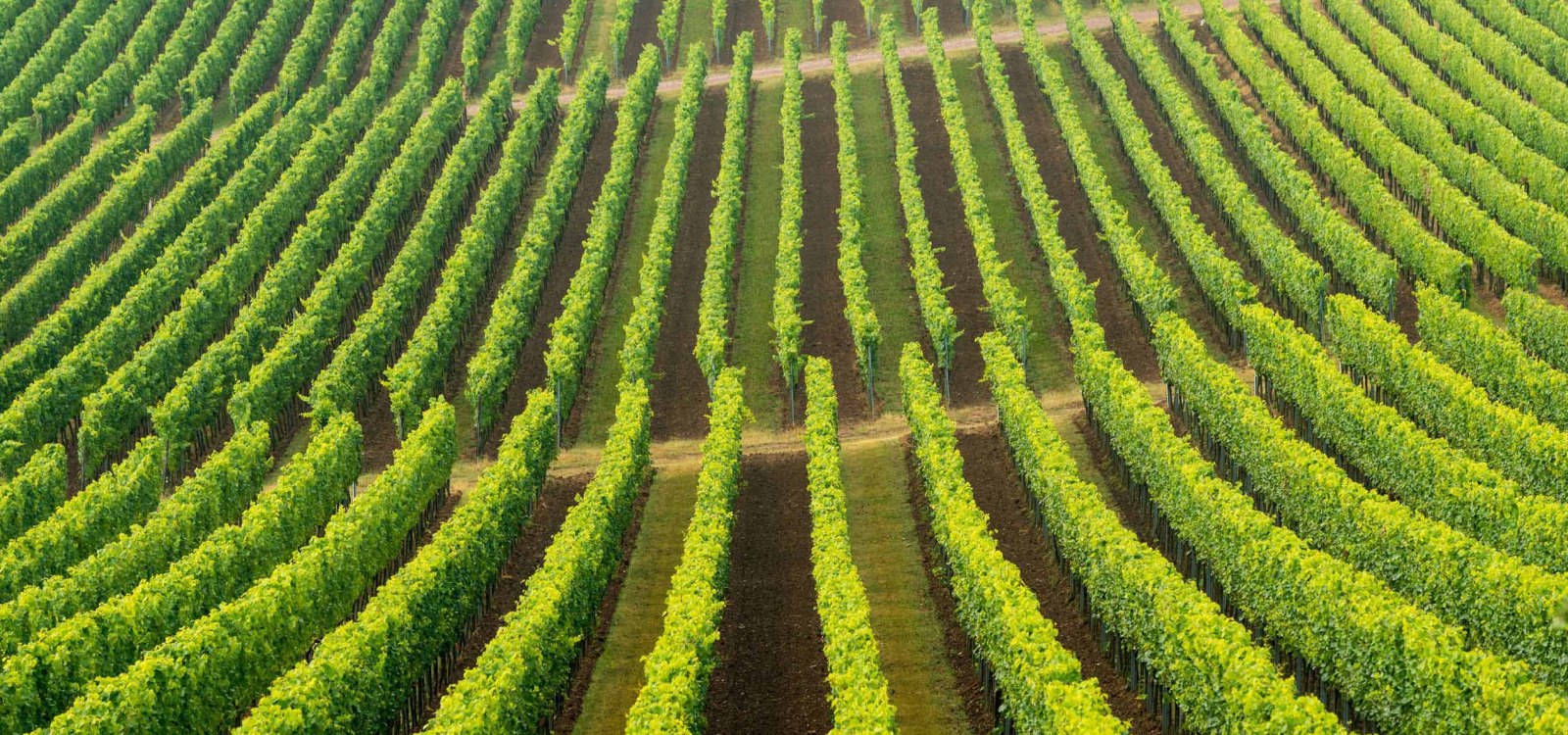
searchMenu



Once a quarry, today a vineyard The single vineyard "Steingrube" begins directly at the village. It is characterised by limestone rocks with a thin layer of sandy loam. The site was first mentioned in a document in 1295 with the name "dicto stheingrube". The name of the vineyard refers to a quarry, which can still be easily traced today. Mineral Rieslings, but also Chardonnay or Sauvignon Blanc grow here. > Regional history of Westhofen: https://www.regionalgeschichte.net/rheinhessen/westhofen.html > The quarry is no longer…

It is believed that the location designation is based on a personal name.

Cute monkey? Beautiful elms! Little monkey? A funny name, which does not refer to an animal, but to a tree. The vineyard was first mentioned in a document in 1522 with the name "hinder dem affen Born". In Rheinhessen, elms have been called “Effen” for a long time. Hildegard von Bingen, who was born in Rheinhessen in 1098, also referred to the trees in this way. Riesling, Pinot Gris or Chardonnay grow on clay marl with a high gravel content. > Info on Hildegard von Bingen in the Rheinhessen blog:…

The location was mentioned in 1727 with the name "auff der öhlbach". The name is based on the location of an old oil mill.

The Original shaded by Liebfrauenkirche A single vineyard of only 17 hectares - planted with Riesling and surrounded by a wall - leans against the Liebfrauenkirche in Worms. The church is, of course, the eponym. The Worms "Liebfrauenstift-Kirchenstück" is considered one of the most traditional vineyards in the world. Pilgrims publicised the name as early as the 17th century. The vineyard is also the origin of the "Liebfrauenmilch" (derivation of mönch, minch, milch). This is still a very successful export wine today, although it…

The location is named after the monastery Maria Münster in Worms.

Owned by the Rhine counts The location was given this name because of the close historical connection between Wörrstadt and the Rheingrafen (English: Rhine counts). In the Middle Ages, they shared the claim to local jurisdiction with the Lords of Löwenstein; both maintained monastic bailiwicks and property there. After a dispute in 1274, the Löwensteins were pushed further and further back. Wörrstadt remained in the possession of the Rheingrafen until the French Revolution and was thus part of Kurpfalz. A variety of grape…
Rheinhessenwein e.V.
Otto-Lilienthal-Straße 4
55232 Alzey
E-Mail: info@rheinhessenwein.deRheinhessenwein e.V.
Otto-Lilienthal-Straße 4
55232 Alzey
E-Mail: info@rheinhessenwein.de